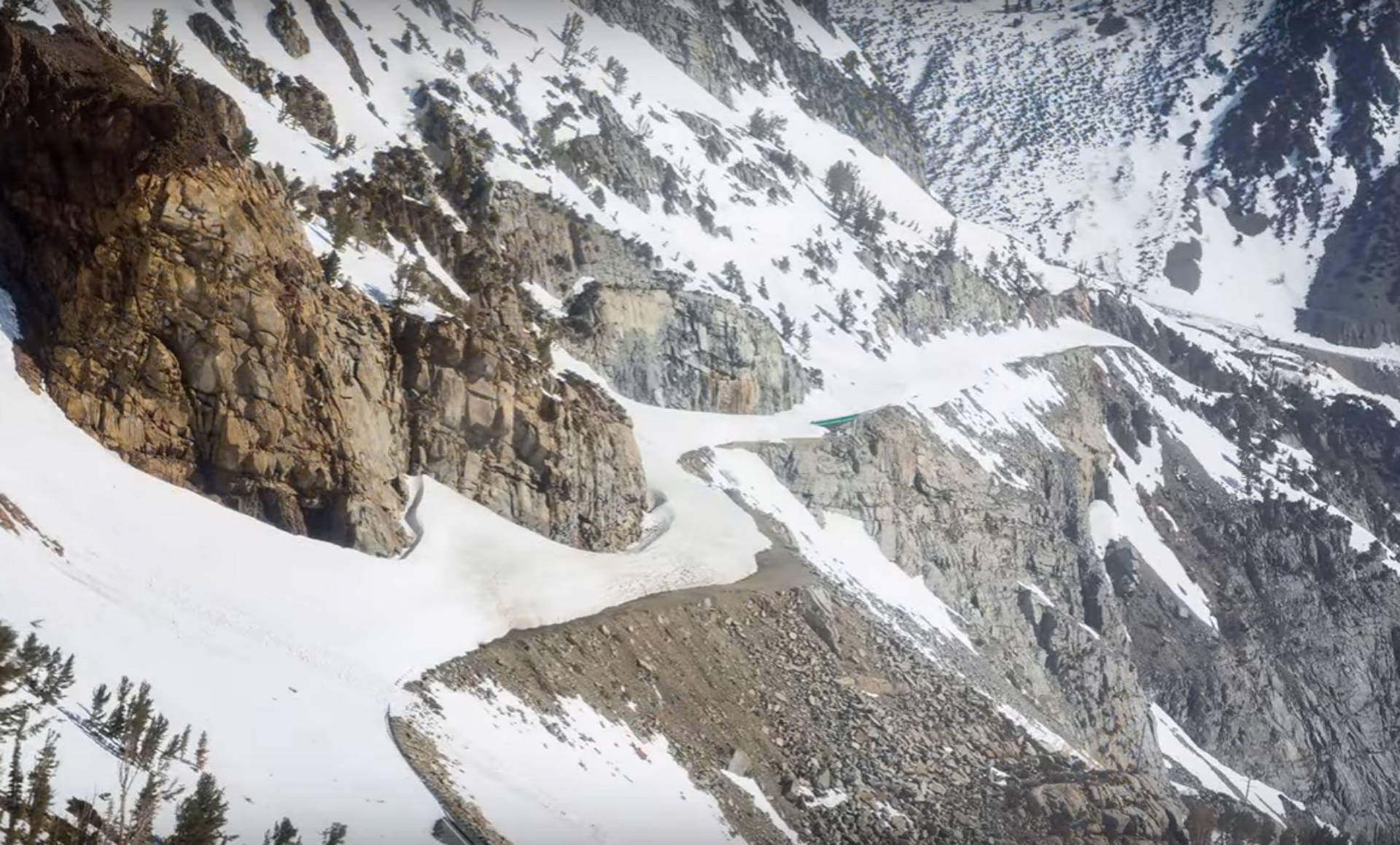Update, 12:15 p.m. Wednesday, June 28: One of Yosemite National Park's iconic byways -- the Tioga Road, aka Highway 120 across Tioga Pass -- will reopen Thursday after crews cleared it of monumental volumes of snow and ice left over from one of the snowiest California winters in decades.
Yosemite officials say the high-country road will be open to pedestrians and all vehicular traffic, including bicycles, at 8 a.m. Thursday.
But the opening comes with a long series of caveats. In addition to being alert to water, mud, debris and maintenance vehicles along the road, park administrators said in a press release, visitors should be aware "there will be minimal services available along the Tioga Road for several weeks."
To wit:
- There will be no drinking water.
- There will be no lodging or food service.
- There will be no mobile phone service, and 911 emergency calls "will not be operational."
- There's no gasoline available along the road. The nearest fuel will be to the east in Lee Vining, on U.S. 395, and to the west at Crane Flat.
- Sanitation facilities are limited, and visitors are urged to use the vault and portable toilets located along the roadway to help protect water quality in the Tuolumne River watershed.
- Tamarack Flat Campground is the only campground that is currently open along Tioga Road. This campground is first come, first served and fills early in the day.
Yosemite is also advising those planning to travel in the park's back country from the Tioga Road that they'll experience conditions that are anything but summerlike:
"Anyone planning to hike or backpack near Tuolumne Meadows and in all high elevation areas of Yosemite should be prepared for winter hiking and camping conditions. Trails are still impacted by snow and ice. River crossings are high and swift moving. There are several high water areas currently impacting the Pacific Crest Trail (PCT) and the John Muir Trail (JMT) in Yosemite National Park. Trail conditions may vary at any time."
This year's opening is the latest since 1998, when travelers were barred until July 1. The latest opening ever? July 8, 1933 -- before the road was paved.
